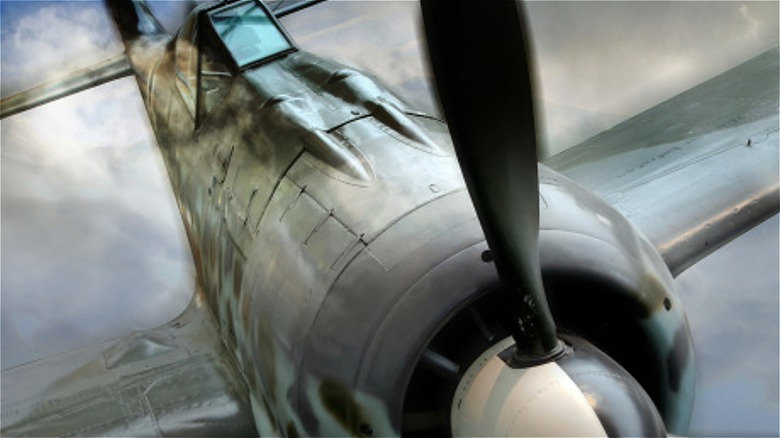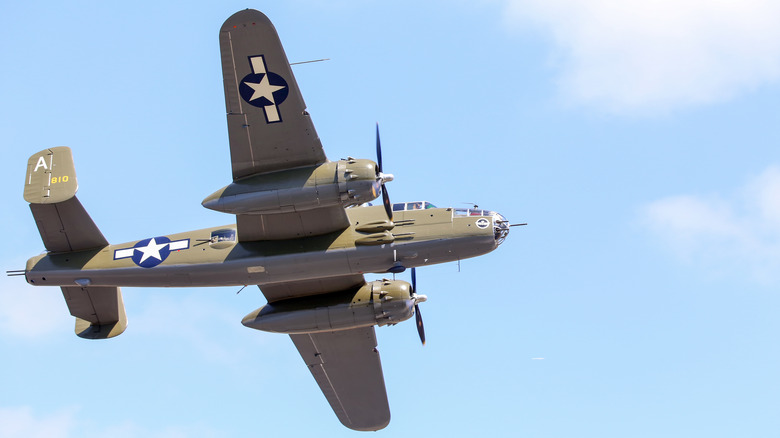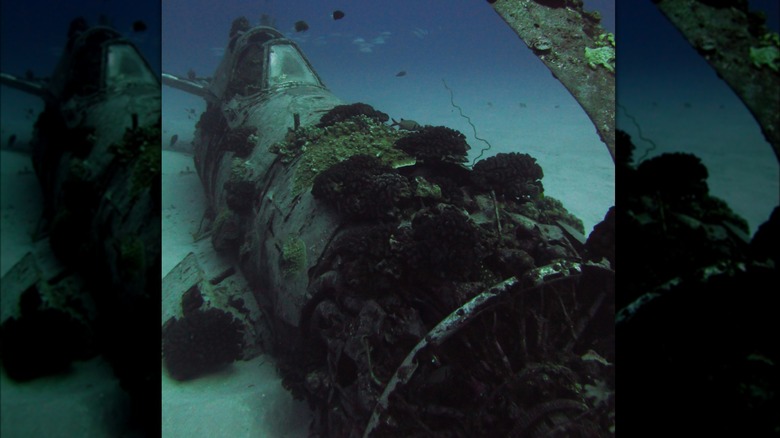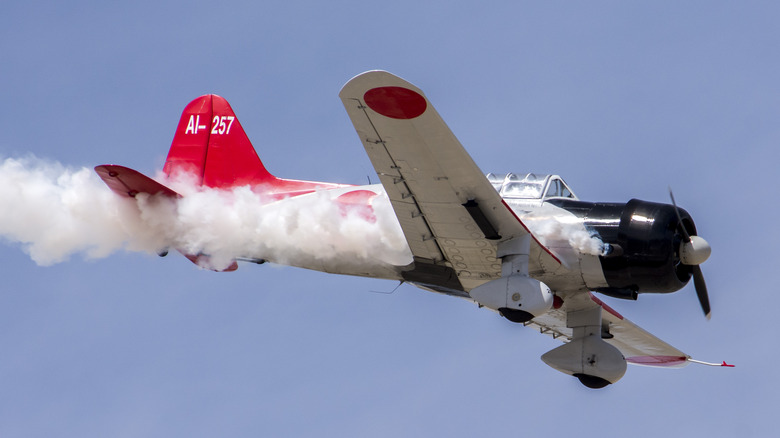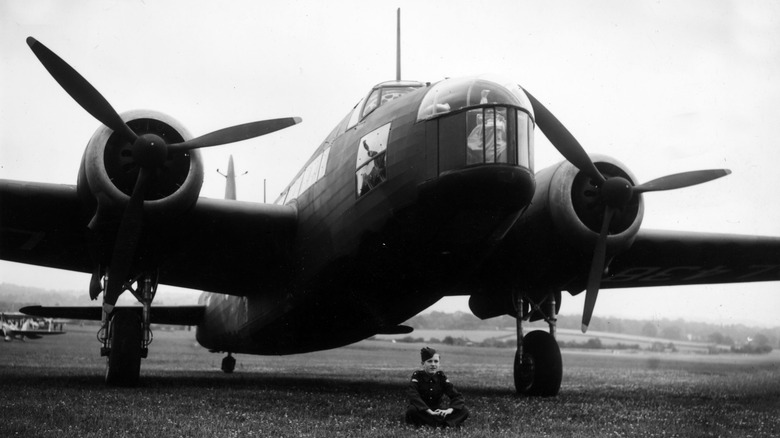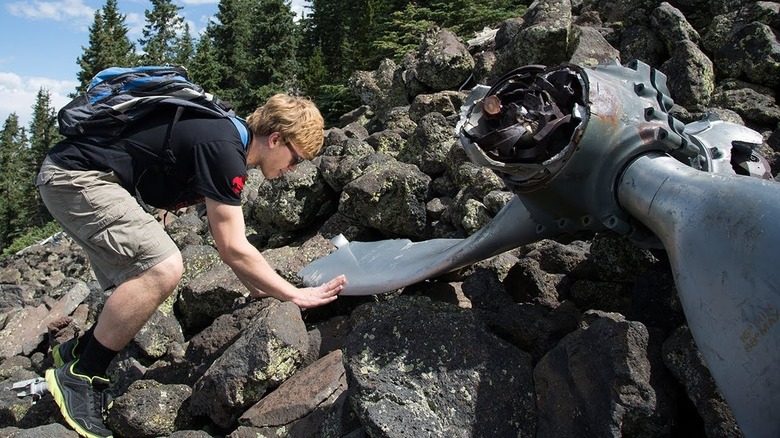7 Crashed WWII Planes You Can Visit Around The World
World War I birthed the modern air forces of the world. As nations grasped the importance of aerial dominance, the significance of airpower grew exponentially. World War II saw the large-scale production of aircraft and an intensified focus on aerial combat. This period was marked by profound devastation and global upheaval.
Today, remnants of this tumultuous era remain visible worldwide. Numerous World War II memorials stand as solemn testaments to history, drawing visitors for education, reflection, and homage. Scattered across diverse terrains are various crash sites and plane wrecks. Some of these World War II planes were lost in famous epic battles and some were victims of accidents that happened during routine activities.
Due to their remote locations or prohibitive recovery costs, many of these relics were left undisturbed, serving as silent witnesses to the past. Intrepid explorers have scouted out the trails and found the remnants of these historical sites for future visitors. If you're a World War II buff, or just interested in history, here is a list of crashed WWII planes that you can visit around the world.
Talasea Plane Wrecks: Papua New Guinea
During World War II, aircraft utilized various bases globally for refueling and preparing for imminent missions. Among these pivotal bases was the Talasea Airfield in New Britain, Papua New Guinea, which served as a crucial staging point and waypoint for many aircraft.
These aircraft played an integral role, tirelessly transporting troops and supplies, and embarking on combat missions. Due to the intense demands of war, there was often a shortage of skilled mechanics and insufficient time for routine maintenance. Some planes faced stiff consequences due to these challenges.
One such aircraft was the B-25 Bomber, serial number 43-4513, also known as the Mitchell. This bomber experienced a devastating nose malfunction, leading to an emergency landing at the Talasea Airfield. Miraculously, the pilot emerged unscathed. However, the aircraft's substantial size and significant damage rendered it immobile. It was subsequently relocated to the side of the runway and salvaged for parts.
Today, the Mitchell stands as a testament to history. It remains untouched at the now-abandoned Talasea Airfield, a silent witness to the past. While no official historical society or museum oversees its preservation, enthusiasts and visitors can easily access the site, offering a tangible link to a bygone era.
Corsair Dive Site: Oahu, Hawaii
Hawaii, renowned for its pristine beaches and captivating oceanic activities, is a top destination on many travelers' wish lists. Among its myriad attractions are the crystal-clear waters and numerous diving spots.
A standout among these diving sites is the wreckage of a World War II Corsair fighter jet. What sets this wreck apart from many others is the fortunate fact that no lives were lost during its descent. During a routine flight, the pilot faced unforeseen challenges and had to execute an emergency landing. Remarkably, the pilot managed a controlled landing, albeit on water.
Despite the safe water landing, the Corsair was not designed for aquatic touch-downs and promptly sank to the ocean floor. Throughout the war, it remained submerged, at first perfectly preserved on the sandy seabed. However, the passage of time has taken its toll on the Corsair. While corrosion and decay are evident, the wreck continues to fascinate marine life and diving enthusiasts.
Today, the Corsair wreck is a sought-after diving spot, but only recommended for advanced divers. Those keen to explore this piece of history underwater must have the proper diving certifications, a boat, and a dive guide. To reach the Corsair, resting at a depth of 115 feet, divers follow an anchor line. Due to the depth and decompression factors, divers have a window of approximately 15 minutes to immerse themselves in the site before needing to go back up for air.
B-24 Bomber: Atka Island, Alaska
Alaska played a pivotal role during World War II as a primary launch point for numerous bombing missions against Japan. Its strategic location placed Japan within the reach of American firepower. Interestingly, there's a World War II plane wreck in Alaska that wasn't a casualty of enemy action, and it remains accessible for visitors today.
On December 9, 1942, a B-24D Liberator bomber met its fate on Atka Island in Alaska. This aircraft had a storied history, participating in multiple missions during the Aleutian Campaign. After its combat days, it transitioned to a weather observation role.
On one mission that featured top brass tagging along, the crew was overwhelmed by the atmospheric conditions, prompting an emergency landing. This quick decision likely spared the crew, with only one injury and no deaths resulting from the incident. Remarkably, the aircraft remained mostly intact, with only the tail separating from the main fuselage and a few tail fins breaking away. The detached fin settled a short distance from the main wreckage.
Today, the plane stands as a testament to its era, largely preserved in its final resting place. Recognized as a c, its sheer size and inherent logistical challenges have left it untouched. Regrettably, over the years, some visitors have taken advantage of its isolation, damaging the aircraft and removing parts as souvenirs or scrap.
Val Bomber: Guam
Guam, with its strategic position in the Pacific Ocean, is a watery grave for numerous wartime relics. Its harbors conceal both sunken ships and aircraft, offering a unique diving experience where one can witness a World War I ship and a World War II vessel side by side in a single dive.
The significance of Guam during the wars cannot be overstated. Its prime location made it a coveted base for military operations. Both Japanese and American forces recognized its value, leading to its occupation by both nations at different times before it ultimately became a U.S. territory.
Nestled deep within Apra Harbor, at a depth of approximately 100 feet, is the wreckage of a Japanese Aichi D3A Bomber, codenamed "Val" by American forces. This aircraft met its end during intense aerial combat over Guam, plummeting into the harbor below.
Today, the Val Bomber is among the myriad diving attractions in Guam. While many other aircraft remnants can be explored with just a kayak and snorkel, the Val presents a more challenging dive due to its depth. Adventurous divers who venture to its resting place are rewarded with a sight of the bomber, resting at 85 feet down, enveloped by coral, and teeming with marine life.
Wellington Wreck: Simiane-la-Rotonde, France
World War II saw countless civilians stepping into combat roles, but an equally significant number operated in the shadows as resistance fighters. Among them was the renowned French poet, René Char, who fought valiantly under the pseudonym Captain Alexander. One of his pivotal roles was overseeing a covert parachute drop zone in the quaint town of Simiane-la-Rotonde. This site facilitated the delivery of supplies by Allied forces, which were then discreetly distributed by the French resistance.
On the night of May 10, 1944, an Allied Wellington aircraft, returning from a bombing mission, was struck by German anti-aircraft fire. Severely damaged, the plane could not return to its base. By sheer coincidence, the resistance had illuminated guiding lights for an upcoming parachute drop. Mistaking these for an emergency landing strip, the Wellington's crew attempted a landing. Tragically, the plane crashed, claiming the lives of all onboard. The quick-acting French resistance raced to the scene, but it was too late. They extinguished the flames and respectfully retrieved the fallen crew, initially providing them with a burial. Post-war, these heroes were reinterred in a formal military cemetery.
Today, visitors to Simiane-la-Rotonde can pay their respects at a dedicated memorial. It honors the valiant resistance fighters and includes a special tribute to the Wellington's crew. A fragment of the plane's wreckage, along with the names of its pilot and crew members, stands as a poignant reminder of that fateful night.
Jake Seaplane: Palau
During World War II, Palau, a small island nation, hosted multiple Japanese air bases, making it a pivotal strategic location. This significance culminated in the Battle of Peleliu, a major confrontation in the Pacific theater.
Numerous aircraft crash sites dot the region, but one stands out: the Jake Seaplane underwater dive site. This site has become a major attraction in Palau and showcases the remarkably preserved wreckage of an Aichi E13A aircraft, commonly referred to as "Jake" by the Allied forces. Designed on a zero frame and equipped with pontoons for water landings, this aircraft's crash site was uncovered in 1994 by a fisherman and subsequently reported to local diving establishments. Since then, divers from around the world have been frequenting the site.
The prevailing theory suggests that an engine malfunction led to the plane's crash during a landing or takeoff attempt. The pristine condition of the wreckage, especially the undamaged propellers, supports this hypothesis.
Today, certified divers can explore this historical site. For those seeking a challenge, there's the elusive missing pontoon, hidden beneath layers of coral and sediment, waiting to be discovered.
The Humphrey's Peak B-24 Wreckage: Coconino National Forest, Arizona
World War II, while dominated by tales of combat, also witnessed its share of non-combat tragedies. The urgency of training and deploying pilots sometimes led to unfortunate accidents. One such incident occurred in 1944 atop Mount Humphrey, nestled within the Coconino National Forest. During a training exercise, a B-24 Bomber met a tragic end, crashing into a field due to adverse weather and a misjudgment in altitude. This accident claimed the lives of all eight servicemen onboard.
Given the logistical challenges and costs associated with retrieving the entire aircraft from the mountain, the government opted for a pragmatic approach. They stripped the plane of essential components and then detonated it. Today, remnants of the aircraft linger along the trail. Hikers occasionally catch a shimmer from the wreckage, especially when the sunlight hits the fragments scattered near the trailhead.
Although it can still be visited to this day, the Humphrey's Peak plane crash is difficult to find for several reasons. First, it exploded. The explosion scattered large debris, which, over the decades, has become camouflaged within the natural surroundings. The trail leading to the site is demanding, particularly due to the high altitude, challenging even seasoned hikers. Moreover, the crash site isn't directly on the main trail. After navigating multiple switchbacks, intrepid explorers must venture off the beaten path to a clearing. Here, they'll encounter remnants of the tragedy, including the aircraft's propellers and the scars it left upon impact.
